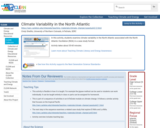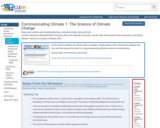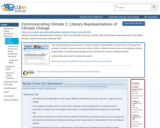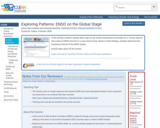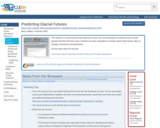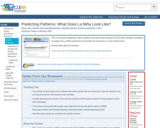
In this activity, students assess individual and national opinions on climate change and explore strategies that communities are employing to adapt to aspects of climate change already affecting them in addition to those likely to affect them in the future.
- Subject:
- Applied Science
- Environmental Science
- Physical Science
- Material Type:
- Activity/Lab
- Provider:
- CLEAN: Climate Literacy and Energy Awareness Network
- Provider Set:
- CLEAN: Climate Literacy and Energy Awareness Network
- Author:
- Becca Walker
- InTeGrate; SERC
- Mt. San Antonio College
- Date Added:
- 09/24/2018

